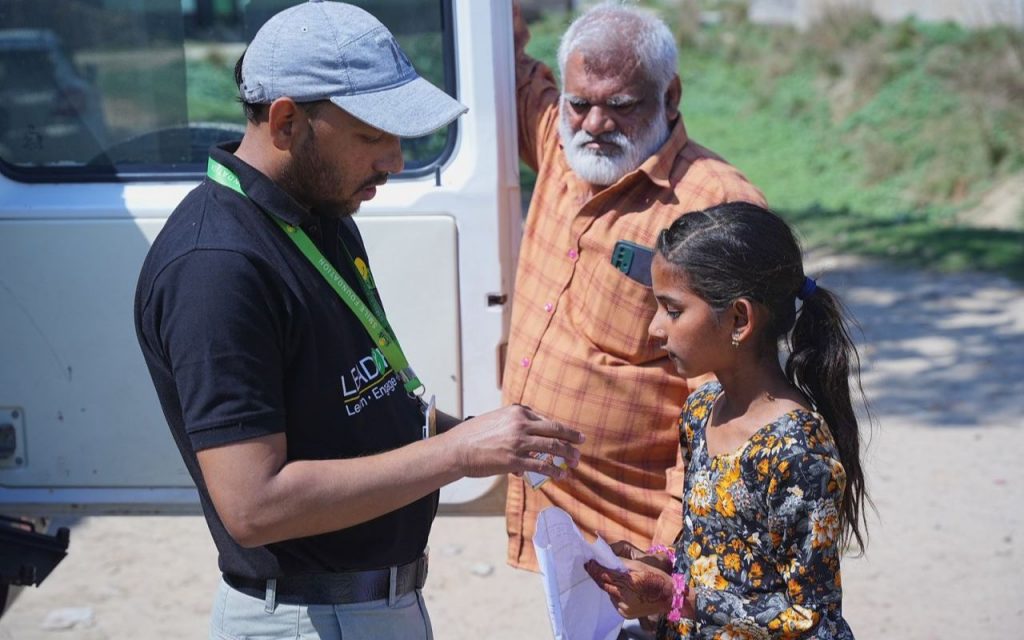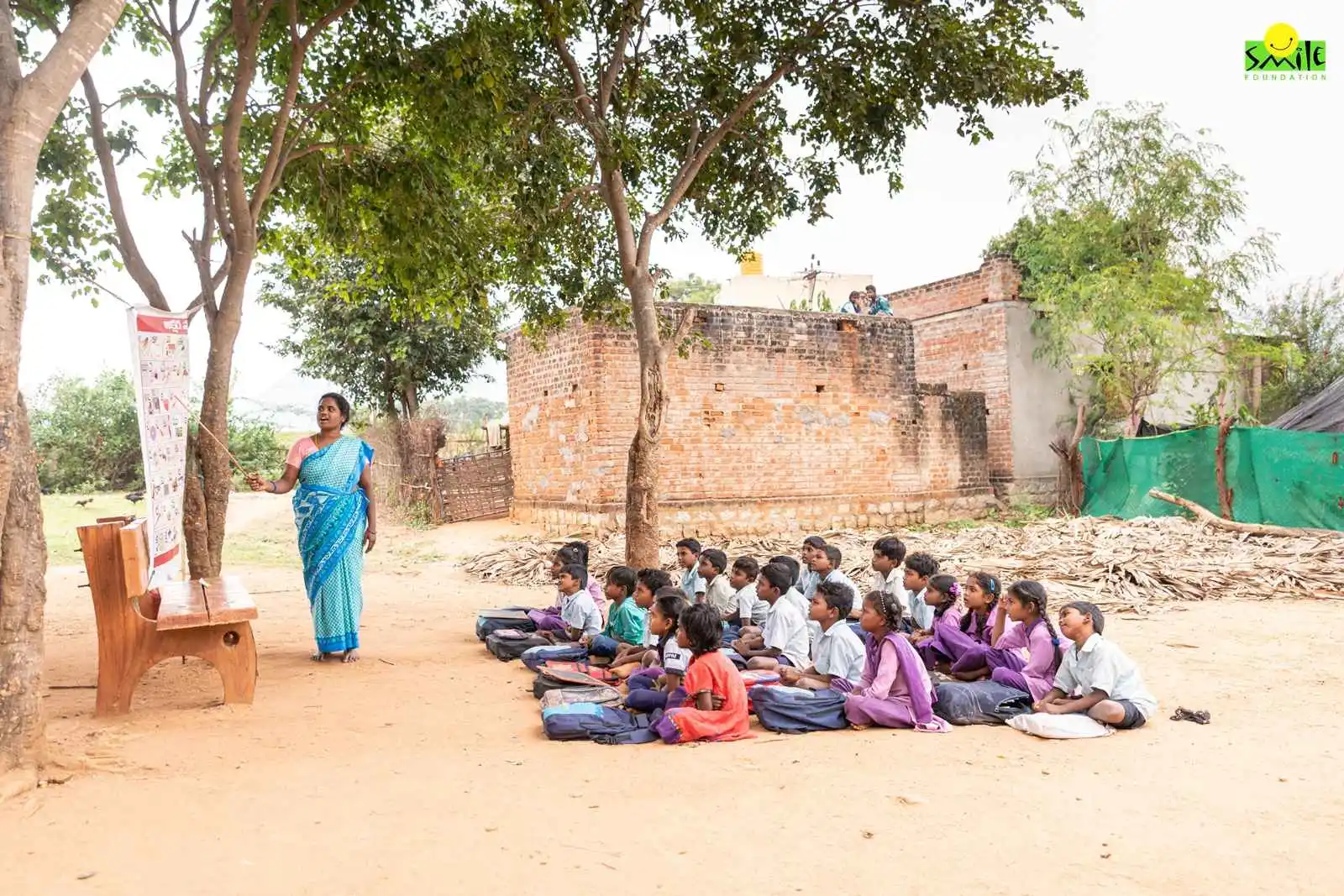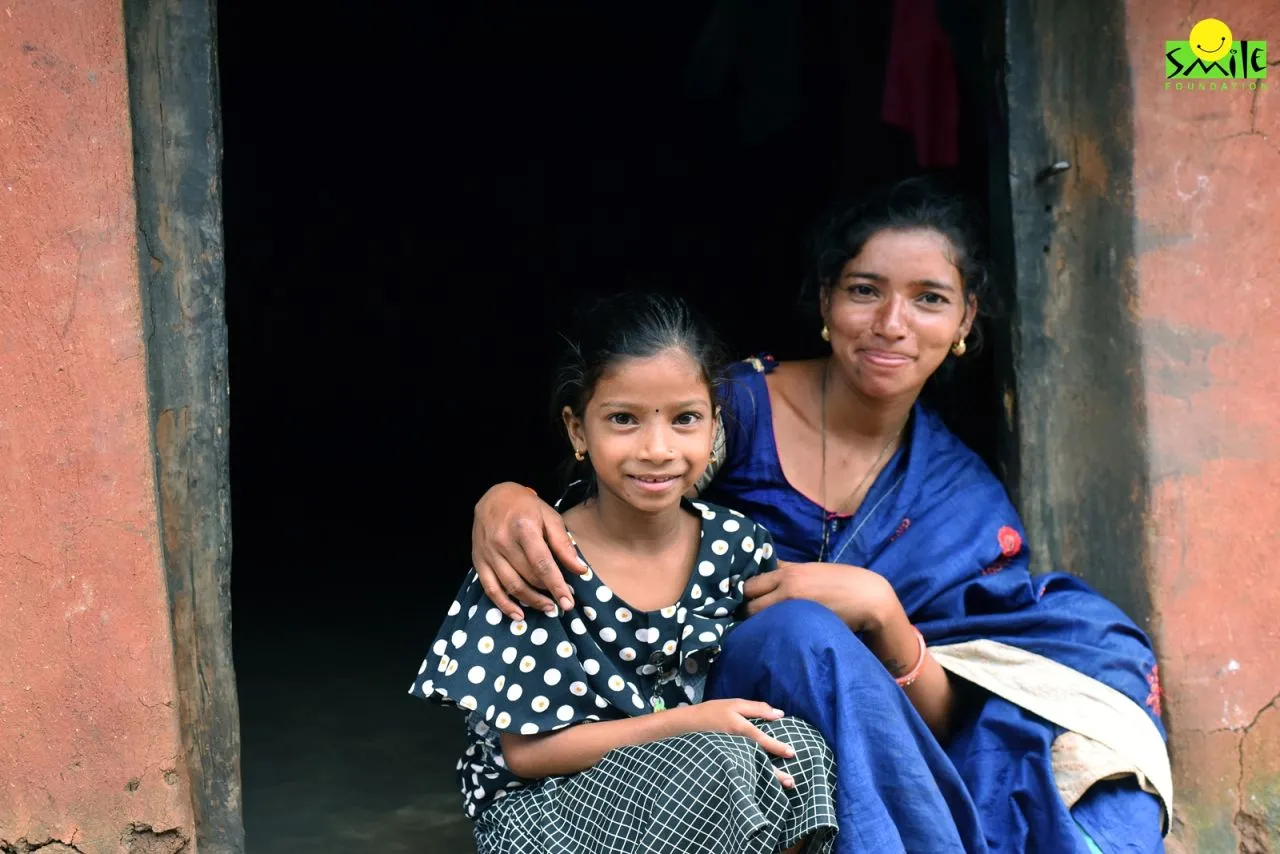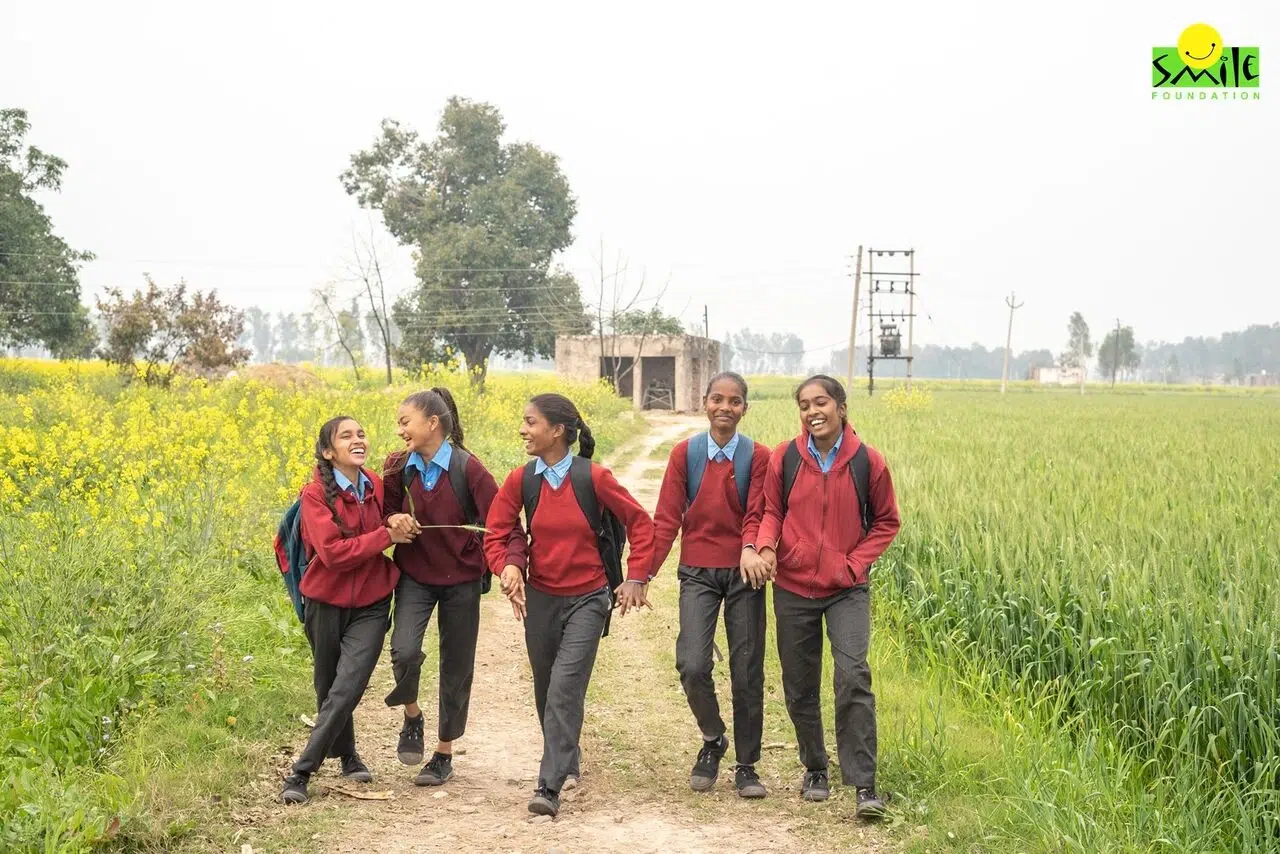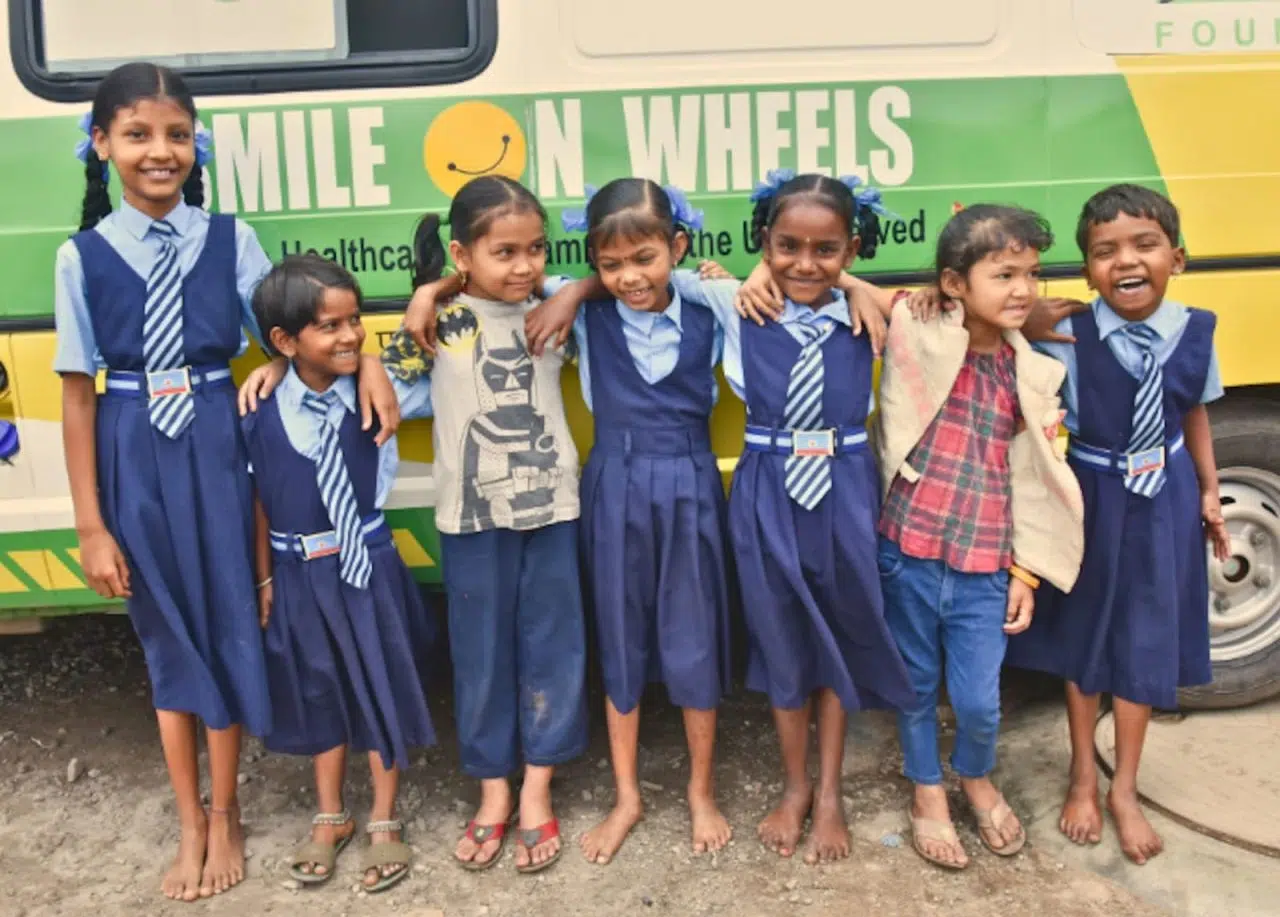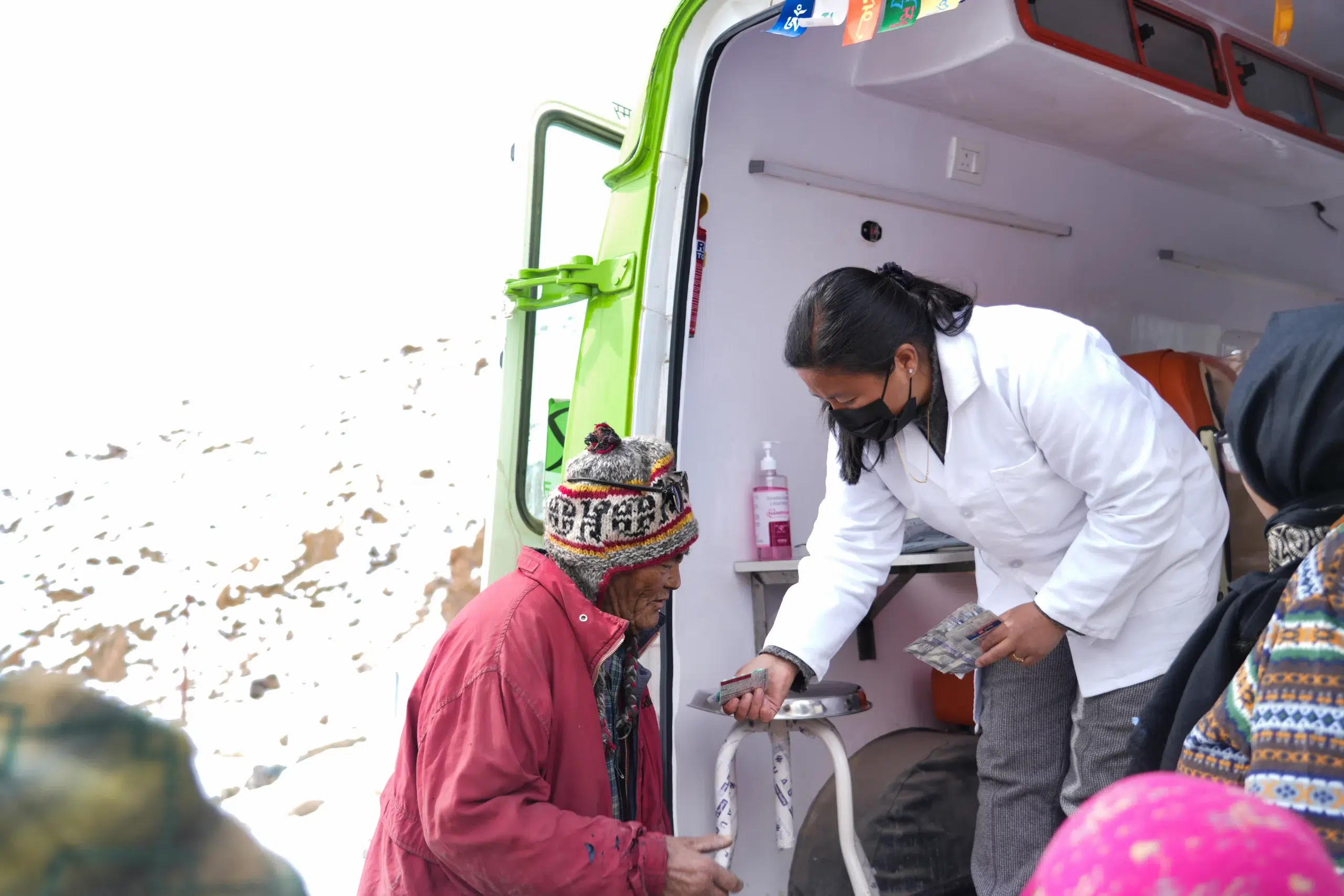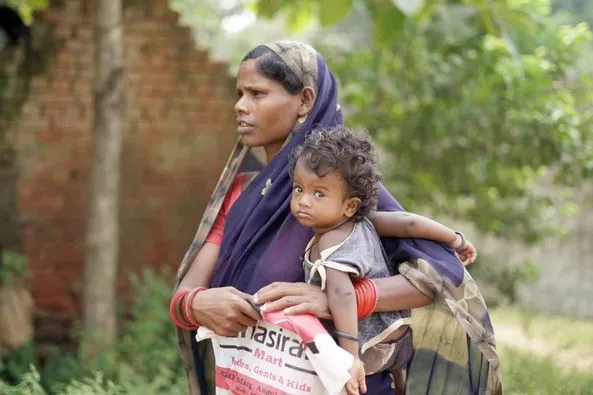Children’s health and nutrition are critical indicators of a nation’s well-being. While the health of children reflects the current state of public health in a country, it also has a significant impact on the future development. In India and globally, children’s health has been a matter of pressing concern with issues like malnutrition being the biggest challenges. Let’s understand how children’s health is directly related to global health and what we can do to improve it.
Health and Nutrition of Children in India
As per the Global Hunger Index 2020, India ranks at position 101 among 116 countries. This highlights how big the problem of hunger and malnutrition is in India. According to the National Family Health Survey (NFHS-5), 35.5% of children under five years are stunted, 19.3% are wasted, and 32.1% are underweight. Despite various initiatives and interventions by the government, this problem is still concerning and needs to be addressed with more attention.
There are many reasons for this prevalence of malnutrition in India. These include poor diet, maternal health related issues, insufficient access to safe drinking water and sanitation, and the economic and social disparities that exist in our nation. Not just that, regional disparities also play a big role in this, with states like Uttar Pradesh, Jharkhand and Bihar dealing with higher cases of malnutrition as compared to the other states.
Children’s Health and Nutrition Globally
Now that we understand the challenges that India faces, let us understand how the problem is manifesting globally. According to data, nearly a quarter of the children in the world suffer from malnutrition. UNICEF data suggests that globally 149 million children under five years are stunted, 49 million are wasted and 340 million children suffer from micronutrient deficiencies. Regions like Sub-Saharan Africa and South Asia are suffering the most from this problem. There are various reasons for this like environmental factors, socio-economic challenges, etc.
United Nations (UN) Sustainable Development Goals (SDGs) have also focused on this problem. Goal 2 of the SDGs aims at eradicating global hunger, improving nutrition levels and achieving food security by 2030. However, the Covid-19 pandemic and subsequent economic slowdown, along with global uncertainties due to wars have had a negative effect on the progress towards achieving these goals.
Connection Between Children’s Health and Global Health
As also highlighted at the beginning of this article, there is a direct connection between children’s health and global health. Malnutrition leads to long-term cognitive and physical impairments in children, affecting their ability to learn and thrive. This, in turn, impacts the socio-economic development of communities and nations. This is because poor health of children puts a heavy burden on the healthcare system and impacts the productivity of a nation negatively. This has significant economic repercussions for any country.
On the contrary, healthy children become productive adults who contribute to national and global growth. They also play an important role in finding new solutions that further help with global progress. Therefore, investing in children’ health is crucial for the well-being and development of our world. It can help in achieving broader global health goals, such as reducing infant and maternal mortality rates, combating infectious diseases and improving health systems.
Focusing on children’s health is not just a moral issue but also makes economic sense. In countries like India which have a large young population, focusing on this issue can ensure a long-term positive growth and development. Healthy children are more likely to attend school, perform well academically and become productive members of society. Additionally, addressing children’s health can help break the cycle of poverty and promote social equity
Challenges Faced
There are various challenges in achieving optimum nutrition and health levels for children. Some of these are:
- Socio-economic conditions: One of the biggest challenges is the social and economic background of a country and how much it can invest in improving children’s health and nutrition. This requires a strong and expansive infrastructure, along with providing access to quality healthcare and nutrition facilities. Therefore, countries that do not have the capacity to invest in this area find it difficult to achieve growth.
- Cultural factors: In some parts of the world, cultural factors can influence dietary choices and the decision to access healthcare facilities. This can have a significant negative impact on children in the long run.
- Environmental factors: One of the biggest problems that the world faces today is rapid climate change. It leads to spread of diseases and the populations that are most affected are usually the vulnerable section of society. This can put the health of children in a precarious condition.
- Politics and governance: Any country which is not affluent and where the population does not have enough disposable income to invest in nutrition needs political intervention. However, poor governance can mean that important issues like these are ignored. This can have long-term consequences for children’s health.
Solutions
Now that we have looked at the challenges, let us discuss the solutions which can help in overcoming these challenges:
- Policy interventions: As mentioned above in the last point, governance can go a long way in solving this problem. Framing robust policies and ensuring they are implemented properly can go a long way.
- Community participation: Engaging communities in health and nutrition programs can help address cultural barriers and promote healthy practices. Community health workers can play a vital role in educating families and providing essential health services.
- Leveraging technology: Today we have the advantage of new-age technology which can be deployed to gather data, analyse it in a short time, and propose dynamic solutions. Therefore, it is important that such solutions are deployed on the ground.
- Awareness campaigns: To remove cultural barriers and inhibitions, and to educate people about the importance of nutrition, awareness campaigns should be run in the media. NGOs can play an important role in this because of their grassroots presence and local connect.
- Engaging the NGOs: Several non-governmental organisations are already doing excellent work in this area and engaging them or supporting them can ensure that these solutions reach the last mile. NGOs have a strong presence on the ground and are often aware of the local needs. They can play an important role in successful implementation of solutions.
Conclusion
Healthy children are the foundation of a prosperous and equitable society. By prioritising children’s health, we can break the cycle of poverty, promote social equity, and achieve sustainable development. It is time for governments, NGOs and the global community to come together and take decisive action to improve the health and well-being of children worldwide.



